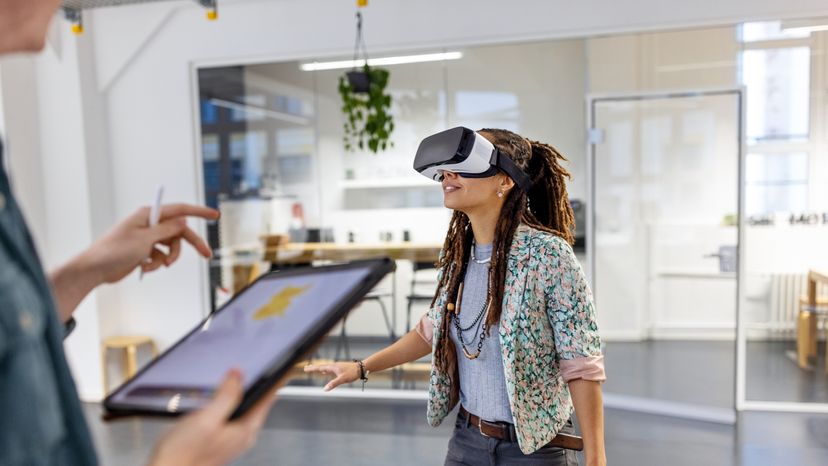
For decades now virtual reality (VR) has dangled on the fringes of technology without ever truly achieving accepted mainstream adoption or commercial success. But according to Citigroup analyst Kota Ezawa, 2016 will be the year that VR finally gains widespread recognition and approval. By 2019 the VR market is expected to top $200 billion after accounting for hardware, networks, and software and content. And with numbers like that it’s no wonder the emerging market has attracted the attention of more than just the gaming community. Virtual reality headsets are now being used and developed for many different industries as a way of training people or offering new ways to perform tasks and experience things.
Here are 12 exciting ways that VR technology is being utilized outside the gaming industry.
Advertisement